Scheme of work - geographylwc.org.uk
advertisement
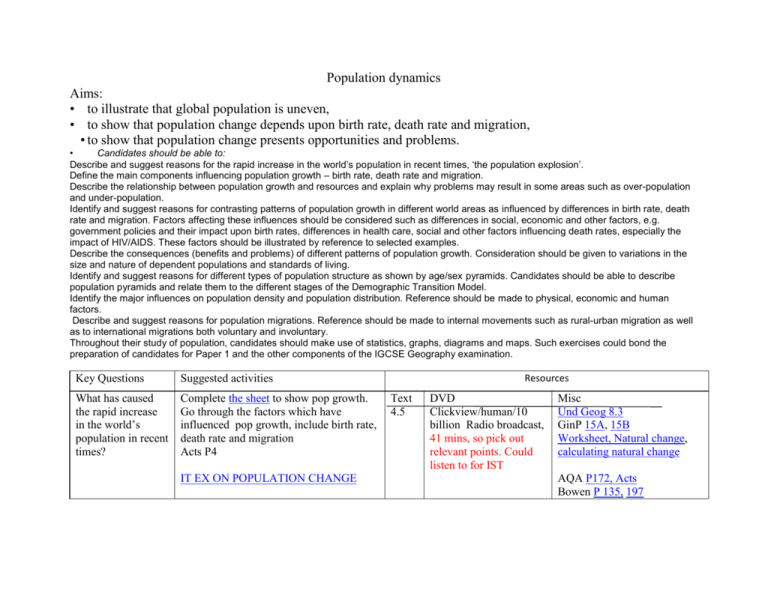
Population dynamics Aims: • to illustrate that global population is uneven, • to show that population change depends upon birth rate, death rate and migration, • to show that population change presents opportunities and problems. • Candidates should be able to: Describe and suggest reasons for the rapid increase in the world’s population in recent times, ‘the population explosion’. Define the main components influencing population growth – birth rate, death rate and migration. Describe the relationship between population growth and resources and explain why problems may result in some areas such as over-population and under-population. Identify and suggest reasons for contrasting patterns of population growth in different world areas as influenced by differences in birth rate, death rate and migration. Factors affecting these influences should be considered such as differences in social, economic and other factors, e.g. government policies and their impact upon birth rates, differences in health care, social and other factors influencing death rates, especially the impact of HIV/AIDS. These factors should be illustrated by reference to selected examples. Describe the consequences (benefits and problems) of different patterns of population growth. Consideration should be given to variations in the size and nature of dependent populations and standards of living. Identify and suggest reasons for different types of population structure as shown by age/sex pyramids. Candidates should be able to describe population pyramids and relate them to the different stages of the Demographic Transition Model. Identify the major influences on population density and population distribution. Reference should be made to physical, economic and human factors. Describe and suggest reasons for population migrations. Reference should be made to internal movements such as rural-urban migration as well as to international migrations both voluntary and involuntary. Throughout their study of population, candidates should make use of statistics, graphs, diagrams and maps. Such exercises could bond the preparation of candidates for Paper 1 and the other components of the IGCSE Geography examination. Key Questions Suggested activities What has caused the rapid increase in the world’s population in recent times? Complete the sheet to show pop growth. Go through the factors which have influenced pop growth, include birth rate, death rate and migration Acts P4 IT EX ON POPULATION CHANGE Resources Text 4.5 DVD Clickview/human/10 billion Radio broadcast, 41 mins, so pick out relevant points. Could listen to for IST Misc Und Geog 8.3 GinP 15A, 15B Worksheet, Natural change, calculating natural change AQA P172, Acts Bowen P 135, 197 How does the DTM help our understanding of the population changes? Discuss DTM, work through examples of each stage, include Stage 5. Make notes on different characteristics of different stages 5 G&N 6 Key Geog 6.4 New WW Pop growth GeoActive 276 Bowen P 137, Act 1,2 AQA P 177 Acts Geog.GCSE P 153 6 Google Earth IT EX ON DTM Sample qu Mark Scheme How does rapid population growth affect a country? How can a population decline impact on a country? What are the consequences of different patterns of population growth? What is the difference between overpopulation and underpopulation? Case Study Niger Go through geog. Background and compare with UK Go through tasks, highlight important points Task 5, P7 Case Study: Russia Stage 5, why? Go through details CONTRAST NIGER, UK, RUSSIA ON A3 SHEET Look at the benefits and problems of a young population. Do same for ageing population Discuss differences using case studies of Indonesia, Nigeria and Australia Sample qu Mark Scheme G&N 14 10 – 15 G&N 14 GeoAct 230 GeoAct 269 G&N 16 How can population structures be illustrated? Go through how to draw and interpret pop pyramid Show pyramids for Indonesia, Nigeria and Australia. 16 G&N 10-13 Act P13 Bowen P 137 Act 3 4 AQA 178 Acts P180 GeoAct 287 GinP 15c Skills paper Jun 09 qu 2 Pop pyramid worksheet Annotating pop pyramid G&N 9 GeoAct 328 GeoAct 429 IT EX ON POP STRUCTURE How has HIV/Aids affected population growth? What is China’s One Child Policy and has it worked? How has Singapore coped with an increasing population? What are the benefits and problems of a large young population? What are the benefits and problems of an ageing population? End of unit test Go through the distribution of HIV and the impact on the population as a whole Go through Tasks, P60 IT EX ON AIDS Discus cause of introduction and how implemented. Success? Using what criteria? Worksheet IT EX ON CONTROLLING POPULATION Sample qu Mark scheme Case Study Singapore Discuss issues and relate to pyramid 60 17-19 20-21 Clickview/Human/China Pop and Tec Baby Boom AQA 181-183, Acts Bowen 141 Acts GeoFact 55 G&N GinP15e Geoact 412 Singapore G&N 14 Bowen 138 IT EX ON YOUTHFUL POPULATION Discuss issues and relate to pyramid Use any 2 past papers, G&N 14 AQA 186, Acts Bowen 142 GeoAct 269 What causes countries to have different population densities? What are the causes of migration? Discuss concept of pop density Case study: low density, Namibia High density, Japan Sample qu Mark Scheme Go through push and pull factors How has ruralurban migration affected a country? Discuss causes and use examples How have the changes to the EU affected migration patterns? Discuss changes before 2004 and after Go through benefits and disadv for countries worksheet sample question Mark scheme 23 28 29 G&N 19 Double spread NWW 4 and 5 plus qu 14 GinP 15d G&N 22 AQA 190Acts Bowen 144 Acts GinP16b Geoact 409 G&N 26 Skills Paper 2010 21 qu 6 Skills Paper 2010 23 qu 6 GinP16a AQA191 Bowen 146 GeoAct 375
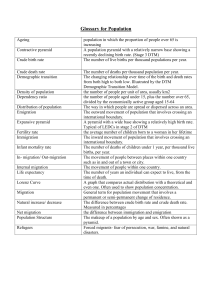

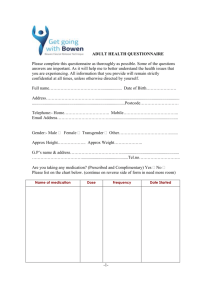



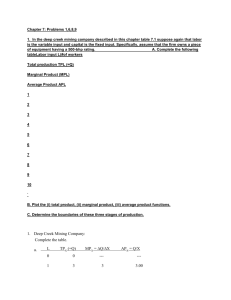
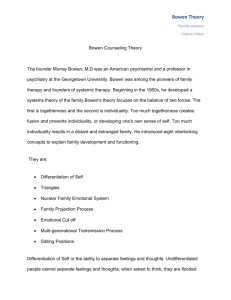
![The Rise and Demise of Mormon Polygamy in Mexico [revised]](http://s3.studylib.net/store/data/006748957_1-d26dccfe77a5004689e458a44bd4f19e-300x300.png)